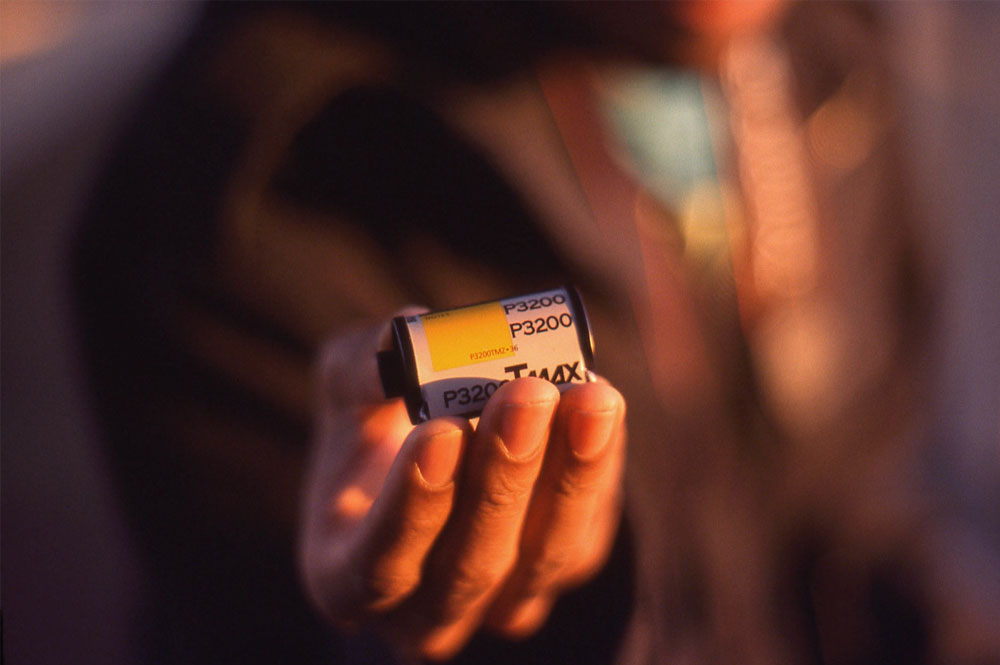Guide to Using Black and White Film

Photo by Ben Seidelman. Licensed under CC BY 2.0
Black and white film photography requires the photographer to avoid seeing the world in color. Some color photographs will simply not work in black and white photography, causing too much contrast or dull, neutral gray images. Here are a few simple and helpful tips for using black and white film:
1. Ignore color. Again, color doesn’t necessarily translate well into black and white photography. While color film can differentiate light colors from whites, black and white film will not make that difference as obvious.
2. Contrast. Contrast is an important element in composition, and also makes for better black and white photography. As already stated, black and white film may have some difficulty in distinguishing between different colors – so contrast is your friend. However, you should also avoid too much contrast. A white subject against a black photograph will be difficult to expose and still keep detail in the subject and background.
3. Timeless. Black and white photography is known for having a timeless element. A photograph taken 20-years ago can still be modern if taken properly.
4. Simplicity. As with any photograph, keeping it simple always helps. Simple backgrounds and powerful subjects work well. Busy backgrounds often hinder black and white photography.
5. Portraits. Black and white film does wonders for portrait photography – from adults to children to pets. Experiment with color portraits and black and white portraits and you’ll surely see the big difference between the two.
6. Drama. Dramatic lighting, scenery, and characters are best captured in black and white. From grim faces to silhouettes under a street light, black and white can capture the mood.
Experiment with black and white photography and compare it with similar color images. After you begin to gain the knowledge of how black and white film reacts differently from its color counterpart, you’ll develop a taste for when to use black and white and when to stick with color.
















